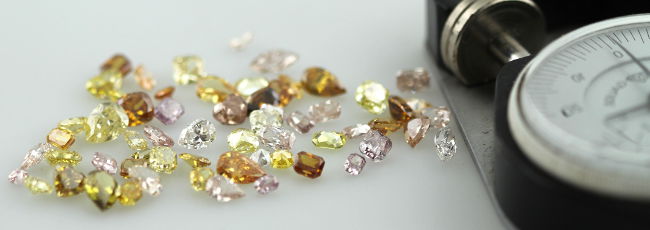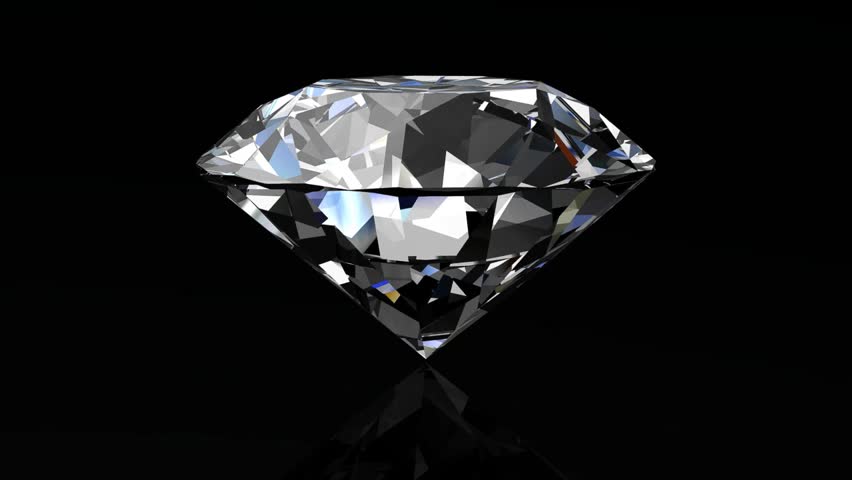Diamonds are not Homogenous.
What does that mean? Well, it means that no two diamonds are the same. Every diamond is as unique as a person or a fingerprint.
Even diamonds being cut from the same rough, like twins.. still have different characteristics and strut their own individuality.

To classify diamonds into groups of color, clarity, composition… we are essentially humanizing them and breaking them into race and ethnicity and background.
When a diamond is created in the Earth, it is formed in different places and under different circumstances, and being pushed to the surface through different channels. There are no two ways about it, every stone is an individual piece and formed in nature as uniquely as snowflakes do. You will never see two snowflakes in the same pattern either because of the nature of its creation.
When a diamond is formed, it gathers its inclusions as birthmarks, infusing with non diamond elements all through out it’s body. That is why you can never have two inclusions that look the same.
Then why is it that we can classify the clarity grade as 1 of 12 different categories? Well the real answer is that we can’t.
The reason why the jewelry industry can never be an automated industry is because machines will never be able to make judgement calls as humans can. We have successfully garnered the RELIEF of a diamond’s inclusions as grades. If a stone as a certain percentage of non-diamond inclusions within the stone, it will be categorized as a particular grade.
Because of this system, there has to be 3 graders per stone and their individual grading is then compared and selected in consensus. Now inclusions in diamonds also end up being on borderline grading, where if an owner of a diamond is unhappy with the grading given, they may submit the stone for a regrade.
There are so many different factors in the creation of a diamond that it is almost ridiculous to identify each one as a classification so that it can be charged accordingly. If it were up to me, I would grade all diamonds based on size and effort on creating that polished piece and pricing it according to that.
You can never say diamonds are the same. They are not homogeneous. Every piece is its own being and each stone is valuable in its own right.


